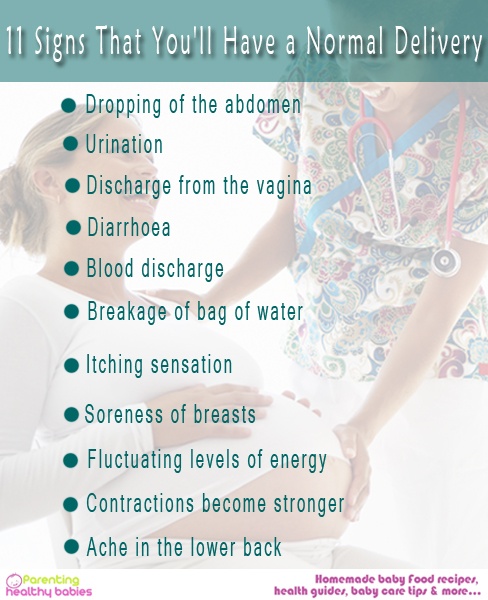The term subfertility refers delay in conceiving, in this case the ability of naturally conceiving exists but it takes longer than average to conceive . There are many reasons as to why a couple may experience subfertility. The problem could be with the male or female or both of them which might be causing trouble in conceiving. The prevalence of subfertilitymaybe caused due to number of causes.
Causes of Subfertility
Ovulation problems
Ovulation takes place when an egg is released from the ovary, if ovulation doesn’t take place the egg is not released to be fertilized. There are many conditions that prevent ovulation .
- PCOS or Polycystic ovarian syndrome- This condition causes irregular ovulation or can prevent ovulation from taking place.
- DOR or Diminished ovarian reserve- Reduction in a woman’s egg count due to aging or any medical condition or a previous ovarian surgery
- Premature menopause which occurs before the age of 40 where ovaries fail. This happens due to a medical condition, treatment like chemotherapy can also lead to premature ovarian insufficiency.
Uterine abnormalities
Some uterine conditions may interfere with your ability to get pregnant. Some of these conditions are having a separate uterus, bicornuate uterus, double uterus and abnormal growth in or on the uterus called fibroids. All of these conditions may contribute for being the causes of subfertility in women.
Blocked fallopian tubes
In this condition, the egg is prevented from meeting the sperm due to the blockage of fallopian tubes. This condition is caused by number of reasons such as endometriosis, pelvic inflammatory disease , scar tissue from ectopic pregnancy.
Abnormal sperm production
When the amount of sperm produced is not sufficient or the functioning is abnormal, it causes subfertility in males. This can be caused due to HIV, diabetes, cancer and treatment of cancer, enlarged veins in the testes or genetic defects.
Problem with sperm delivery
Premature ejaculation, injury or damage to testes or a blockage in the testicle can lead to problem with sperm delivery. There are other causes for subfertility in males such as cystic fibrosis, which is a genetic condition.
Risk Factors
Below are the factors that increase the risk of subfertility. They affect subfertility in male and female in the same way. They include:
- Being a woman above the age of 35
- Being a man above the age of 40
- Being overweight
- Being underweight
- Smoking tobacco or marijuana
- Alcohol use in excessive amounts
- Excessive physical or emotional stress
- Radiation Exposure
- Certain medications may lead to it.
- Getting exposed to environmental toxins, such as lead and pesticides
Diagnosis of Subfertility
Diagnosis is done by a Fertility specialist. Firstly they collect the sexual and medical history of both partners and then they perform various tests which is accompanied by physical examination where, the pelvic exam is for women whereas for men an examination of genitals is done.
Diagnosis in men is done by the following methods:-
- Genetic testing is completed for checking genetic defects which will have an effect on fertility
- Blood tests that verify endocrine levels, together with androgenic hormone
- A male reproductive gland ultrasound, conjointly called image testing.
- Testicular diagnostic biopsy to spot abnormalities
- Semen analysis
Diagnosis in women is completed by the subsequent method:-
- In order to judge the condition of the fallopian tubes and womb Hysterosalpingography is completed.
- To check the standard and amount of eggs ovarian reserve testing is completed.
- Transvaginal ultrasound to ascertain the reproductive organs.
Treatment For Subfertility
Treatment differ for men and women and they are as follows:-
Treatment for men
Treatment for men may start from treating sexual health problems by the following methods:-
- In order to repair a varicocele or blockage, surgery is done.
- When it comes to improve testicular functions which include sperm count and quality Medications are prescribed which help with subfertility in males.
- Males who have problem in ejaculating or problems in ejaculated fluid such as it not containing sperm, resolve to sperm retrieval techniques.
Treatment For Women
For restoring female fertility there are different therapies available. Most of the time, one may need to try a combination of therapies to be able to conceive.
- ART or Assisted Reproductive Technology is the most popular technique that refers to any procedure or fertility treatment that involves the handling of the sperm and the egg.
- The most common ART procedure is in vitro fertilization also commonly known as IVF. In this process, the woman’s eggs are retrieved from her ovaries and then fertilized with the sperm, after this procedure, the embryos are implanted in the uterus. IVF is gaining rapid momentum in the past few years and people are made aware of it’s success rate as well.
- In order to treat serious uterine problems, surgery is done.
- There are drugs available which help in regulating or inducing fertility.
- Another method is Intrauterine insemination which refers to placing healthy sperm inside the uterus.
Apart from this there are some lifestyle changes which you can adapt in order to boost the chances of conception naturally. Some of them are as follows:-
- Both male and female Should Say no to alcohol.
- being overweight or underweight can affect infertility, so maintain a healthy weight.
- Both male and female should avoid smoking as smoking can affect the fertility.
- Using an app or ovulation kits which predict the best time of ovulation in your menstrual cycle, to have intercourse.
- In order to determine your when you’re most fertile, you can start tracking your basal body temperature.
- When you’re trying to conceive, it is best to avoid excessive heat, as it can affect motility and production of sperm.
- For some women, the source to subfertility has been caffeine, so if you’re someone who drinks an excessive amount of coffee, it is advisable to cut back on caffeine.
Sources:
- https://pubmed.ncbi.nlm.nih.gov/30679436/
- https://www.ncbi.nlm.nih.gov/pmc/articles/PMC188388/













